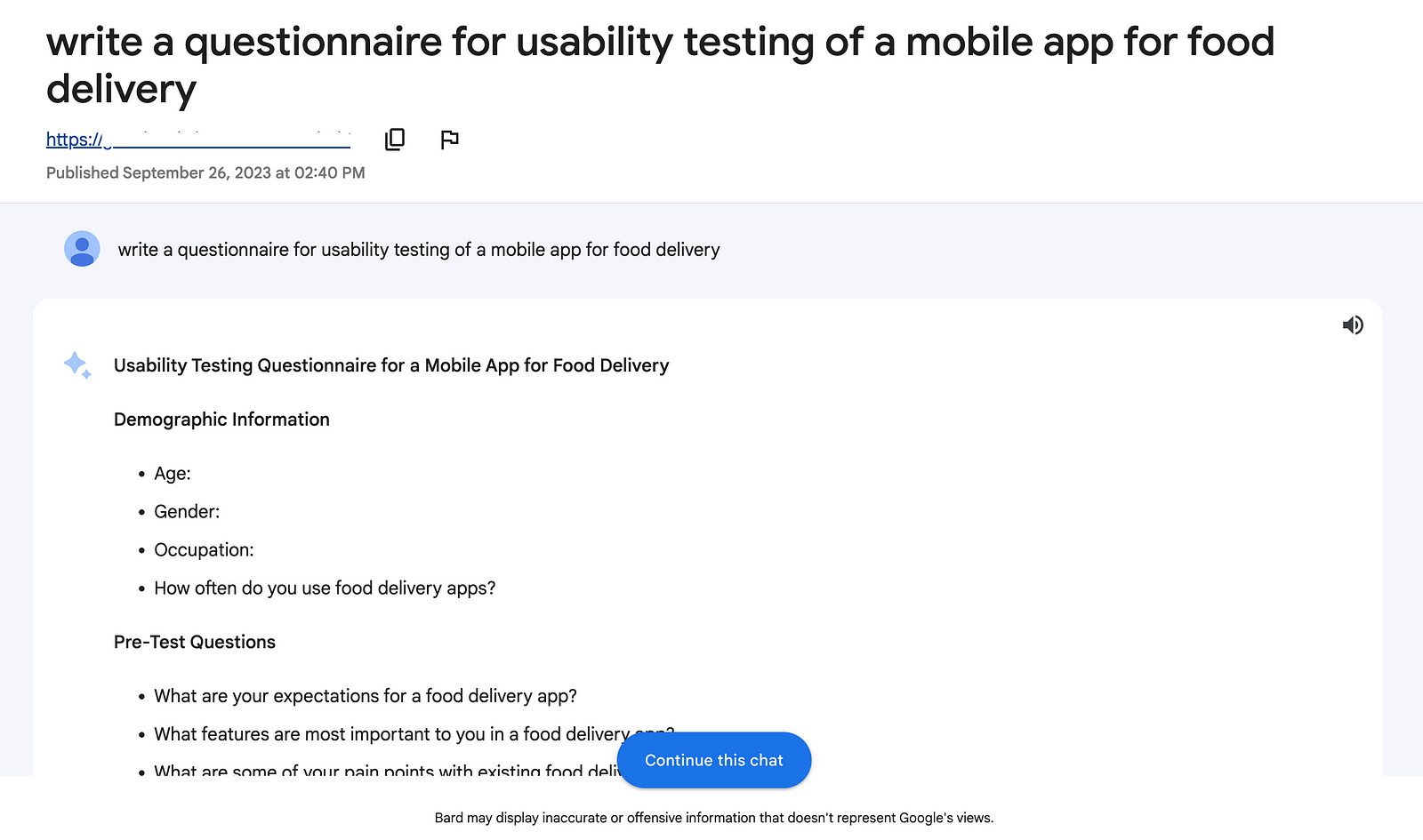3 Reasons Why Google Bard is Better Than ChatGPT
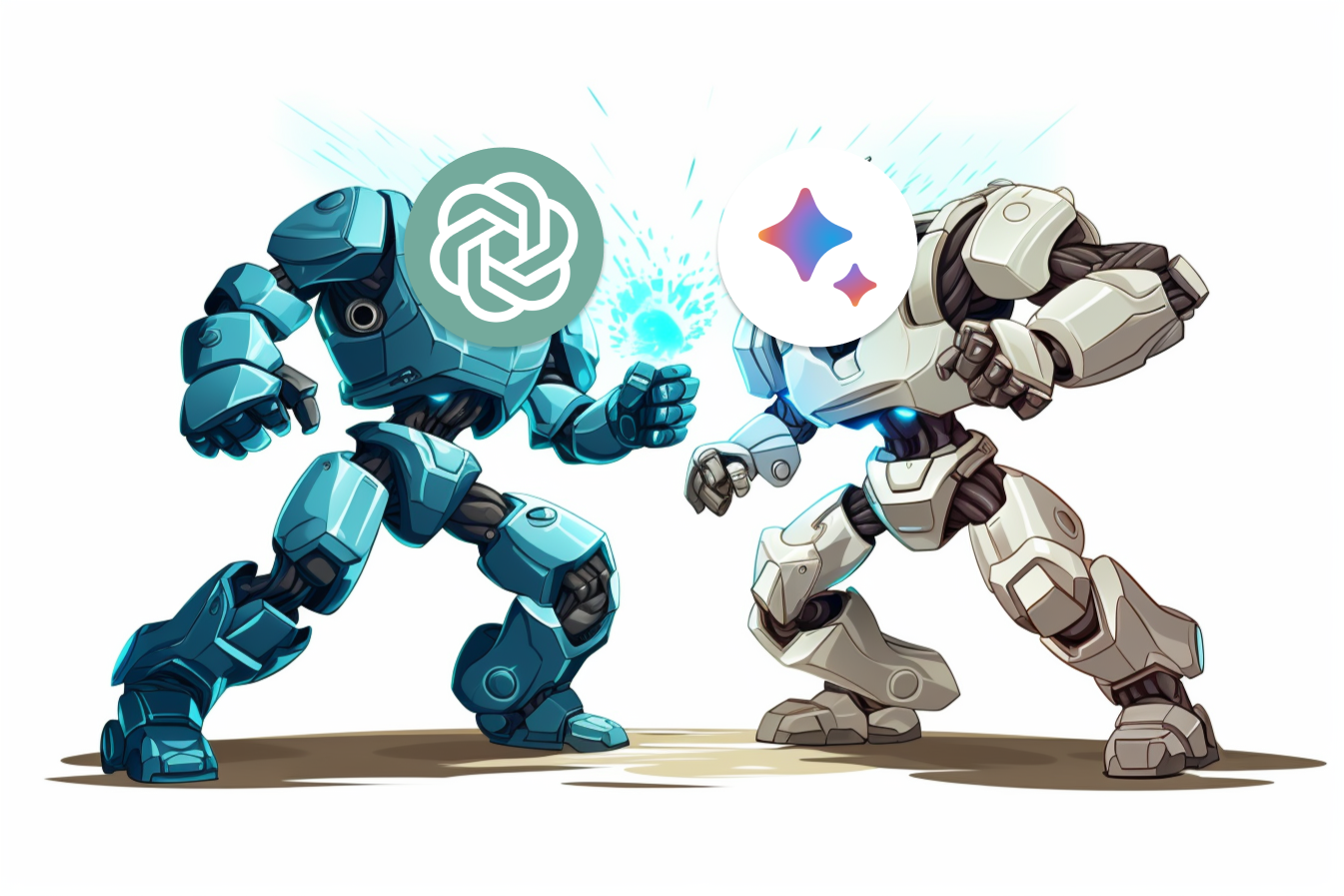
Bard is a chat-based AI tool from Google. It is one of the ChatGPT competitors that offers some unique features. In this article, I want to review the top 3 features I find the most valuable for product designers.
1. Validate the output provided by AI
Lack of links to the sources of information is one of the problems with ChatGPT. When submitting the prompt to ChatGPT and it generates a response, there is no way to validate it automatically. You must do it manually — go to Google, submit the information, and search the sources. All AI tools are prone to hallucination, and it is relatively easy to fall into the trap of misleading information when you skip the validation phase.
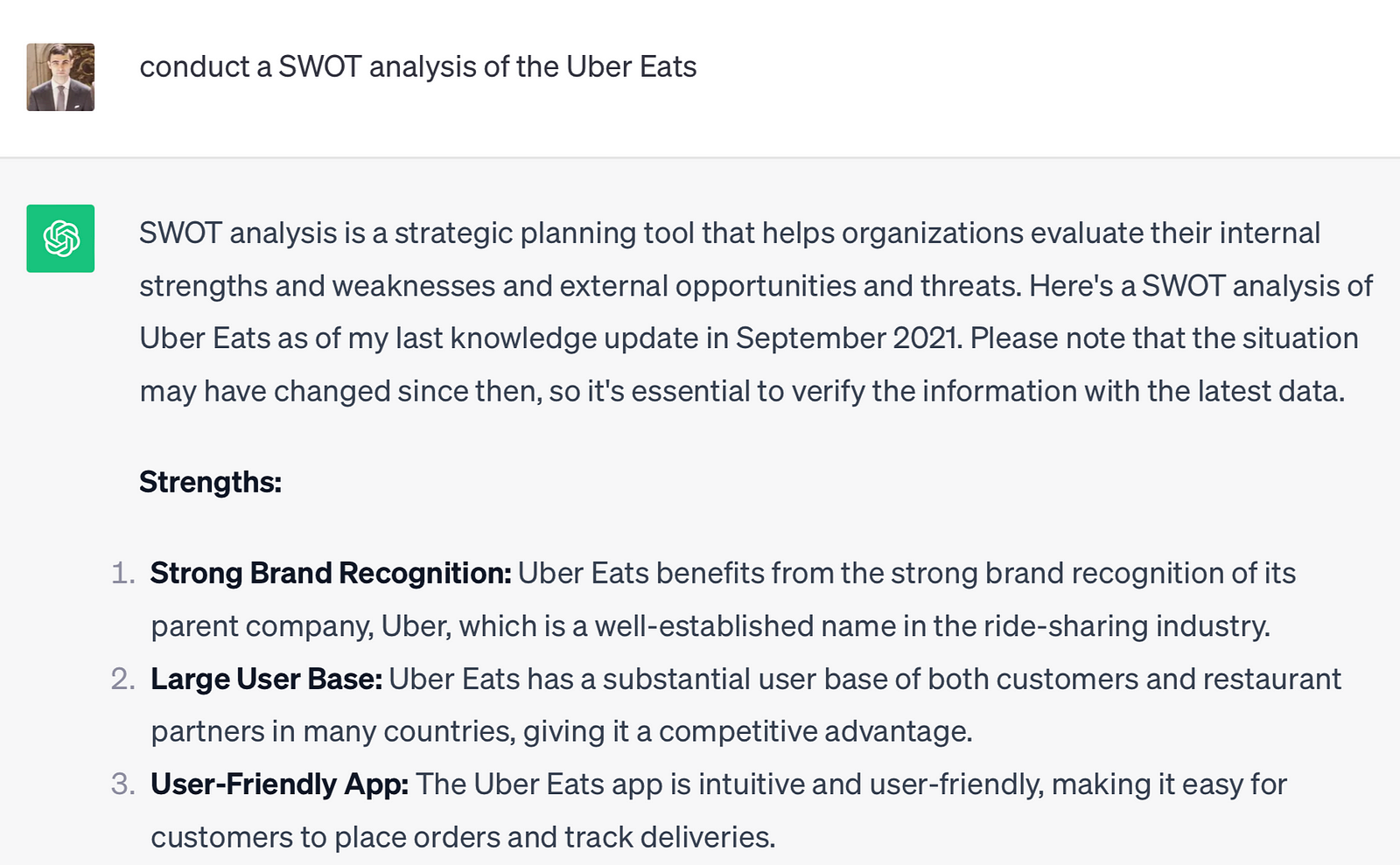
Bard offers a feature called Double-check a response. When you use this feature, Bard will provide links and citations to where it found the content.

The response that Google Bard provides is validated on the fly, and the tool highlights the content in green if it finds a citation for the information.
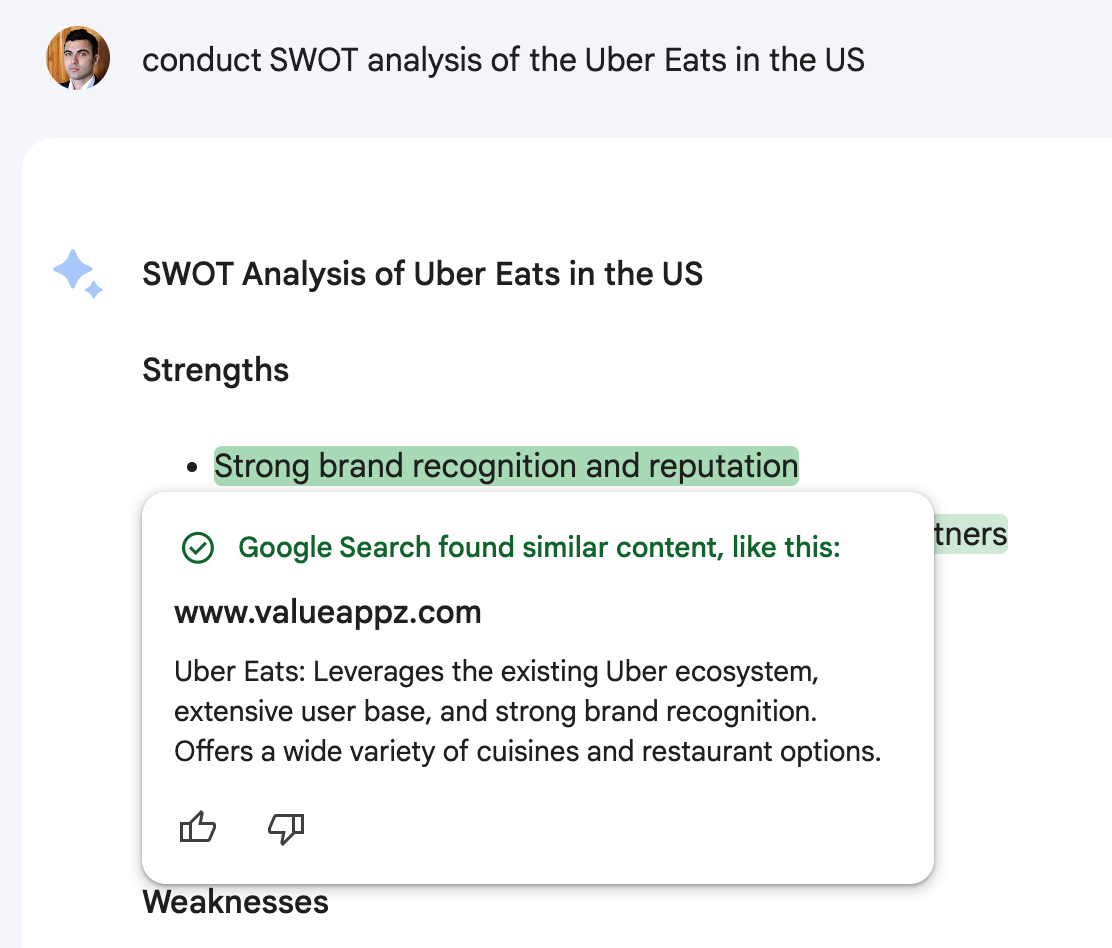
At the same time, the information that cannot be validated is highlighted in orange. If you use Bard for tasks like market research, you can remove the claims that could not be validated before sending the findings to your team members.

2. Submit the image along with the text prompt
At the time of writing this article, the ChatGPT free tier supports only text input. You will likely be able to submit the image along with a text prompt to ChatGPT in the future, but right now, ChatGPT is a text-based chat.
Google Bard allows you to provide images along with the text prompt, and it uses the tool called Google Lens to extract information from the image. For example, you can add the image of the UI you would like to design in Figma and ask Bard to provide a step-by-step guide on how to create it.
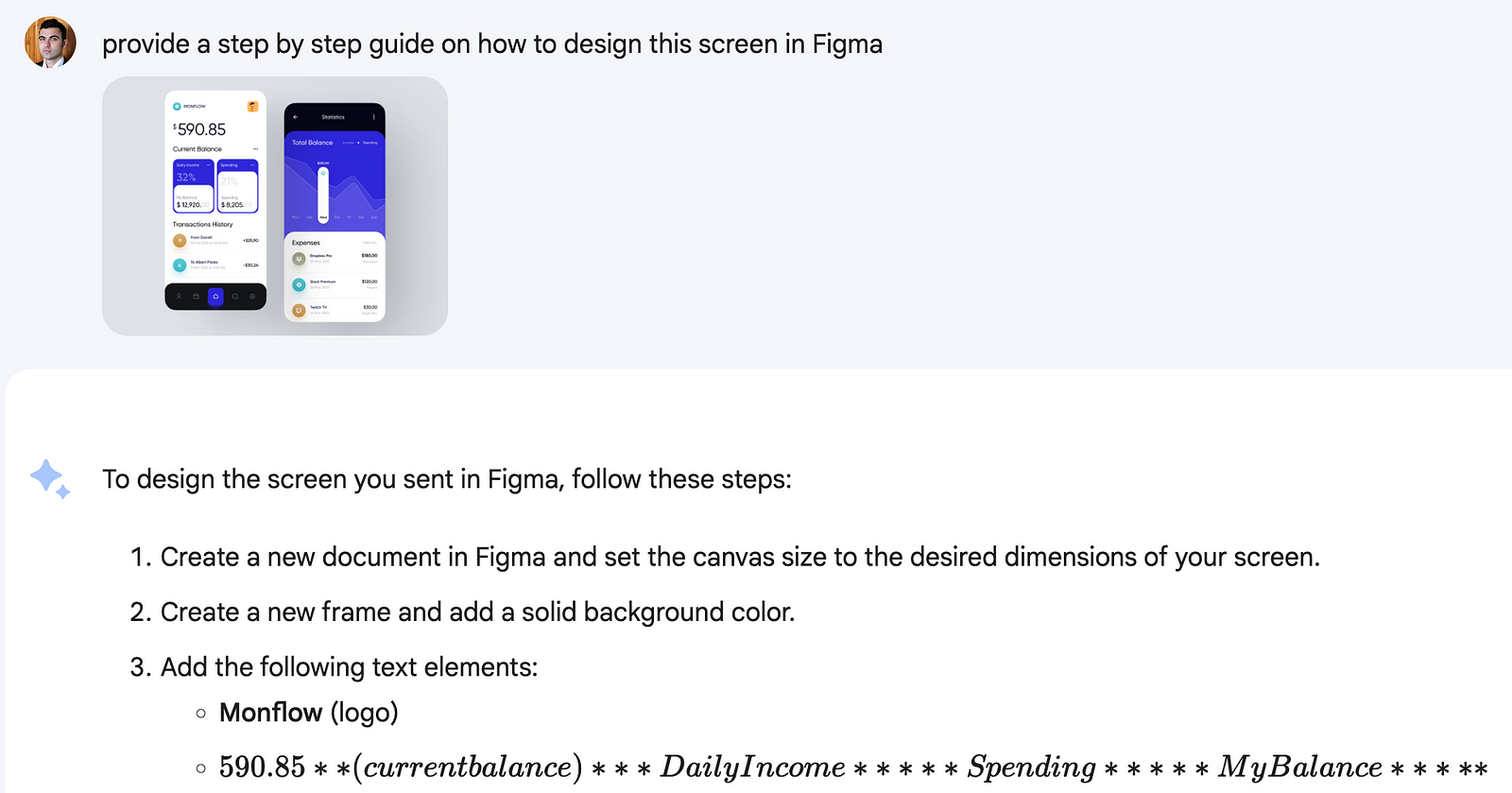
3. Generate a public link to the chat so you can share it with other people
The only way to share information generated by ChatGPT is to copy the response as plain text. ChatGPT offers a quick shortcut that allows you to do it right in the context of interaction.
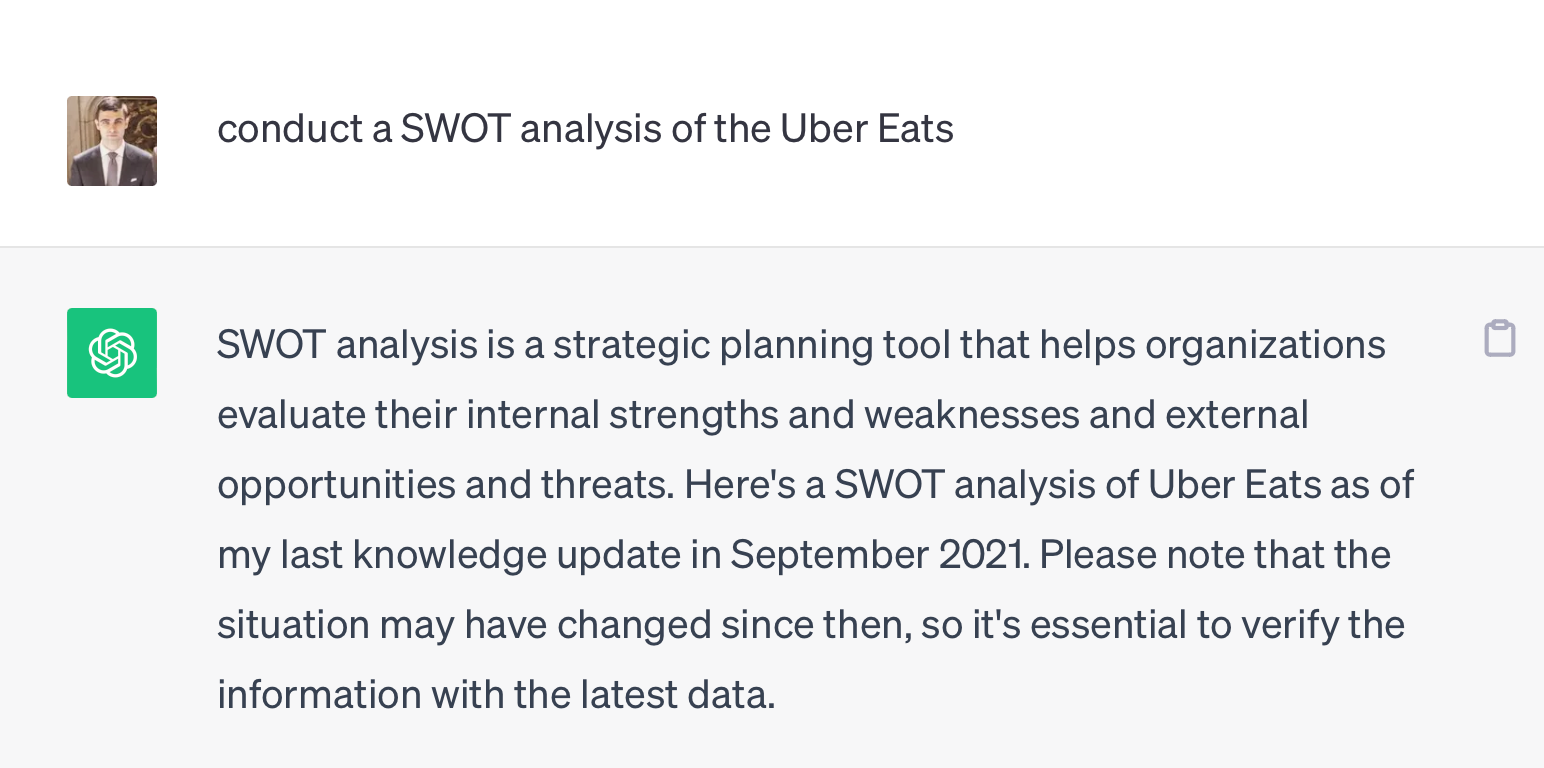
While this approach allows you to copy the content, it’s far from the perfect UX because you have to find a way to share the content — create an online document, write an email, etc. And even when you do that, the other person will receive this information as plain text.
Bard allows you to create a link to the chat and share it with anyone so that they can continue the conversation with AI.
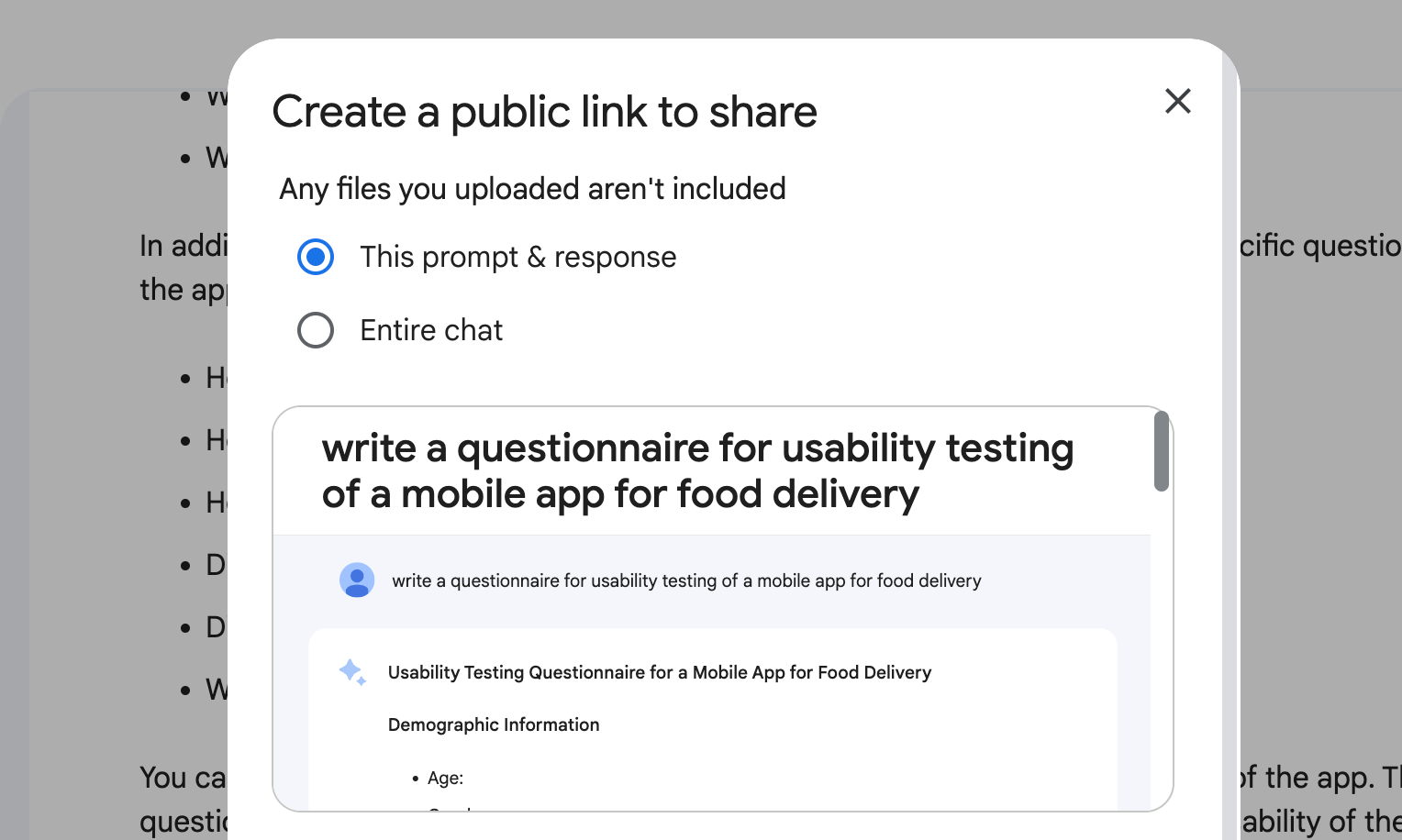
For example, the person who receives a link to a usability testing questionnaire can ask Bard follow-up questions to fine-tune the output generated by AI.
